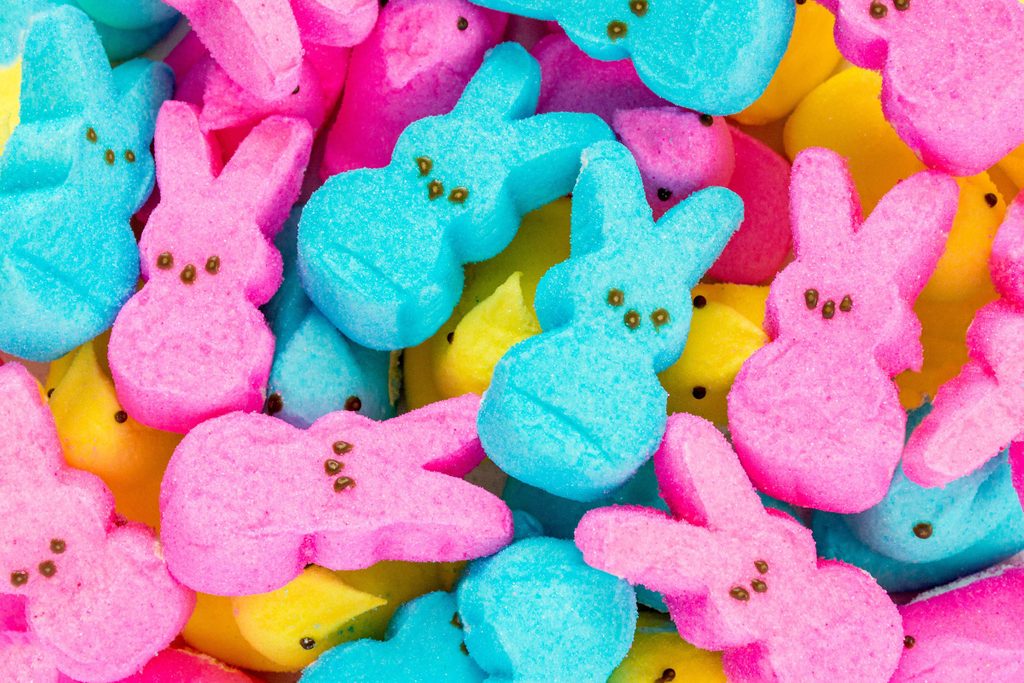Why Do Peeps Explode in the Microwave?
Updated: Dec. 01, 2023

Every kid's favorite Easter-time party trick just so happens to have an interesting science lesson behind it.
Easter is just full of tradition—church services, Easter egg hunts, brunch with the family and, of course, plenty of sweet treats. Among all the chocolate bunnies and Cadbury Eggs, the marshmallow Peeps are one of the most recognizable Easter treats. Love ’em or not, the sugar-sweet marshmallow chicks can offer one fascinating experience for kids and adults alike; just pop it in the microwave. Peeps are just one of many perfect candies for your Easter basket.
For those who’ve never nuked a Peep, here’s what happens: They grow bigger and bigger and bigger (watch it happen here) and could eventually explode if you leave them in too long. If you take them out before they get a chance to pop, instead of going back to their normal shape and size, they deflate into what can only be described as a Peep puddle. What’s up with that?
The basic ingredients of Peeps are sugar, corn syrup and gelatin, which are whipped together to create air bubbles. Normally those air pockets help keep Peeps in shape, giving them their distinctive squishy, spongy texture. But when you put them in the microwave, the heat makes those air bubbles grow—gasses naturally expand more than the solids you find in foods. The growing air bubbles are trapped inside the Peep, pushing against the marshmallow walls and expanding the treat into a monster. When the air bubbles cool, they deflate, and the Peep collapses like a grounded hot air balloon—and its original structure has been destroyed. Try 16 cute Easter treats that won’t explode in the microwave.
This experiment works in the kitchen, but you get something else—something yummier—when you roast a marshmallow (or Peep) over a fire. Instead of growing, growing, growing, it might expand a bit, but it usually just browns. That’s because an open flame is hotter than a microwave, and it’s focused on the outside of the Peep, roasting it a lot and only expanding it a bit. (It’s a different reaction altogether.) Sugar molecules break down and caramelize, while the gelatin’s bonds break up and turn the inside texture from foamy to ooey-gooey. End result: a perfectly toasted marshmallow. Put your Peeps in one of the prettiest Easter baskets you can buy.